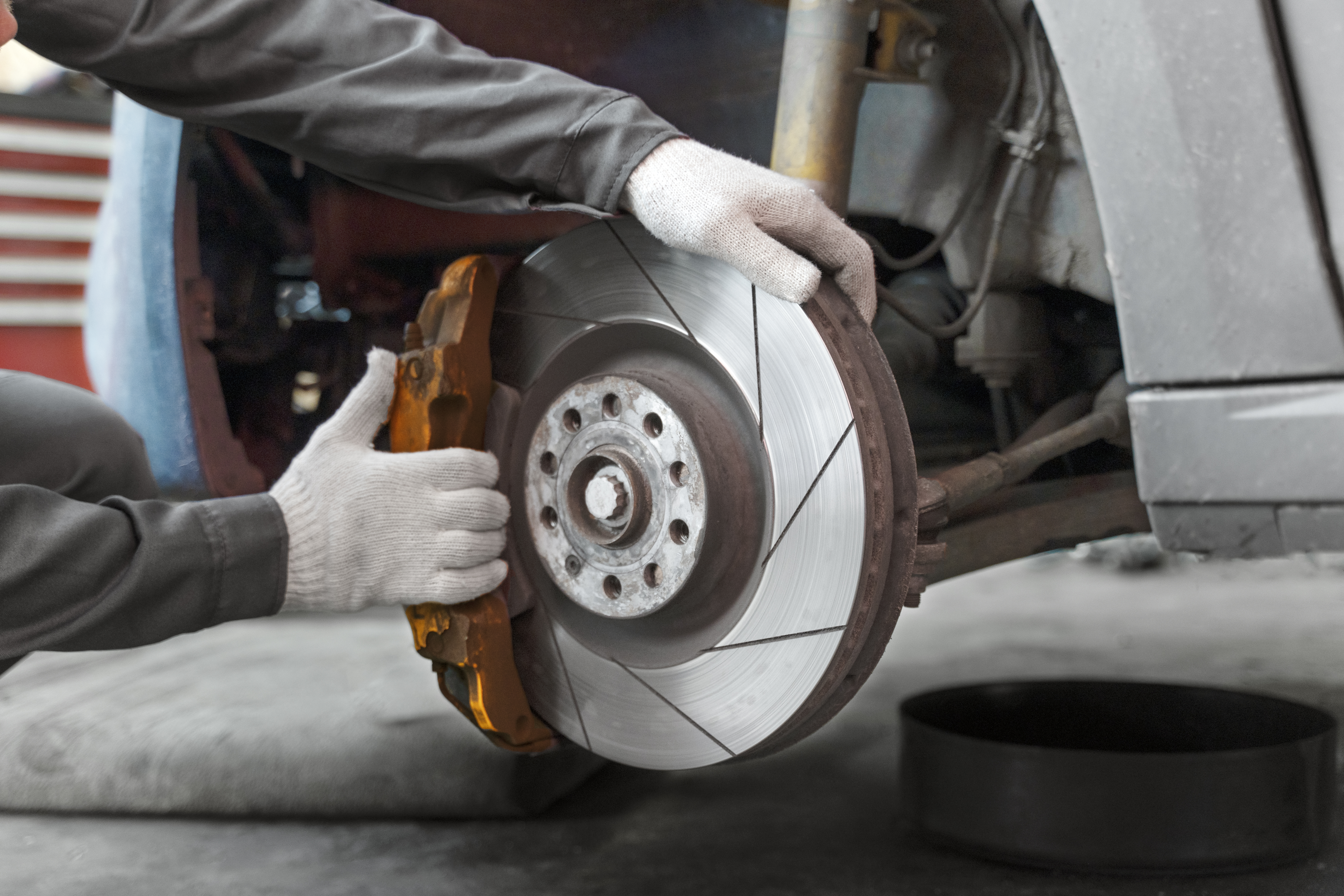A Brief Look at Abrasive Wheels
Welcome to our class on rough wheels! This lesson will teach you the basics of abrasive wheels, such as what they are, the different kinds that exist, and how they are usually used. You will have a good understanding of how important abrasive wheels are in many fields by the end of this lesson.
Putting Safety First
When working with grit wheels, safety is the most important thing. This lesson is mostly about important safety rules and the best ways to keep accidents and injuries from happening. Learn the right way to use personal safety equipment, handle , and make sure your workplace is safe.
How to Choose and Take Care
For best results and safety, it's important to pick the right grit wheel for the job. We'll talk about how to choose the right grit wheel for the job based on the material you're working with and the finish you want. You will also learn how to keep your grit wheels in good shape so they last longer.
How to Use Abrasive Wheels Accurately
It takes skill and accuracy to use grinding wheels. You can learn how to use abrasive wheels properly in this lesson. It covers cutting, grinding, and polishing techniques. Abrasive wheels can help you get skilled results if you learn how to use them correctly.
How to Fix Common Problems
When working with rough wheels, problems can happen even if you take the right safety measures. In this last lesson, we'll talk about common issues that can happen and how to effectively fix them. From broken wheels to uneven wear, you'll learn how to find problems and fix them so that processes run smoothly.
Lessons
Brief Description of Abrasive Wheels
Module 1: Introducing Abrasive Wheels
Module 2: The Anatomy of an Abrasive Wheel
Module 3: The Dangers of Abrasive Wheels
Module 4: Abrasive Wheel Safety
As with road speed limits, an abrasive wheel's wheel speed is perhaps its most critical parameter. Maximum safe wheel speed is regulated by speed. These are safe wheel speeds. Accidents can still happen below these safe speeds, so don't relax.
Module 6: Other Wheel Markings
Module 7: Storage and Handling
Module 8: Checking and Testing
Module 9: Training and Certification
Regular inspections guarantee that all the information and best practices we've discussed are used daily. After each day, remove and test the abrasive wheels before reinstalling.
Module 11: Course Summary




